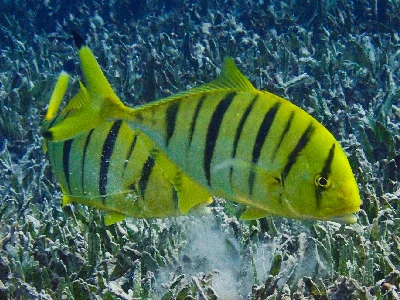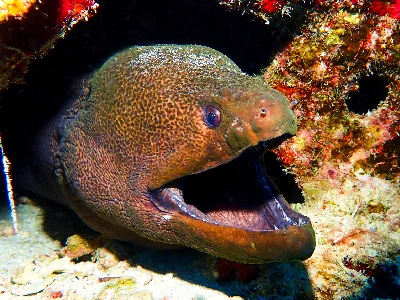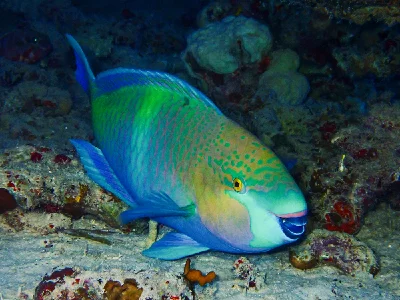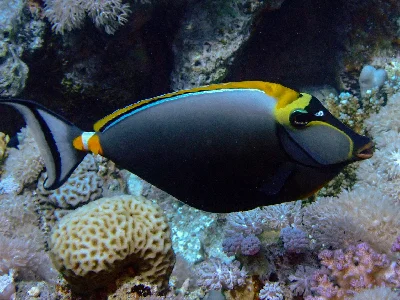Osteichthyes
Osteichthyes, known as bony fish, is a subclass of vertebrate animals that possess skeletons primarily composed of bone tissue. They differ from Chondrichthyes, which have skeletons primarily composed of cartilage. Osteichthyes is the largest class of vertebrates and includes an extensive and diverse group of species, with 45 orders, over 435 families, and approximately 28,000 species.
Within Osteichthyes, there are two main groups: ray-finned fish (Actinopterygii) and lobe-finned fish (Sarcopterygii), which gave rise to all land vertebrates. The earliest known fossils of bony fish date back approximately 425 million years and provide a transitional link between sharks and bony fishes, showcasing a tooth pattern that falls between the two.
In paleontology, the terms Osteichthyes and Euteleostomi are used interchangeably. However, in ichthyology, Euteleostomi encompasses the terrestrial tetrapods that evolved from lobe-finned fish. Until recently, most ichthyologists considered Osteichthyes to be paraphyletic and limited to fishes. However, in 2013, widely cited ichthyology papers presented phylogenetic trees that treat Osteichthyes as a clade, including tetrapods.
Bony fish are characterized by stable cranial bone patterns, with the lower jaw featuring a medial insertion of the mandibular muscle. The head and pectoral girdles are covered with large dermal bones, and the eyeball is supported by four small bones forming a sclerotic ring. However, these characteristics may be modified or lost in modern species. The inner ear contains a labyrinth with large otoliths, and the braincase, or neurocranium, is typically divided into anterior and posterior sections by a fissure.
Early bony fish had simple lungs, which allowed them to breathe in low-oxygen water. In Actinopteri, these lungs evolved into swim bladders, which help maintain neutral buoyancy. The lungs found in amphibians, reptiles, birds, and mammals were inherited from their bony fish ancestors. Bony fish lack fin spines but support their fins with lepidotrichia (bone fin rays). They possess an operculum, which facilitates respiration without the need for swimming.
Unlike their cartilaginous counterparts, bony fish do not have placoid scales. Instead, they possess three types of scales: cosmoid, ganoid, and teleost scales. Teleost scales can be further divided into cycloid and ctenoid scales. These scales originate from a base of bone, with the main difference being that teleost scales consist of a single layer of bone. Ganoid scales have lamellar and vascular bone layers, with enamel on top, while cosmoid scales have dentin between enamel and vascular bone. These scales are located beneath the epidermis and do not penetrate it, unlike placoid scales.
All bony fish have gills, which serve as their primary means of respiration, albeit some species, like lungfish, are capable of respiration through lungs or vascularized swim bladders. Certain species can also respire through their skin, intestines, and/or stomach. Most bony fish are ectothermic, meaning their body temperature is dependent on their surrounding water temperature. However, some larger marine osteichthyids, such as the opah, swordfish, and tuna, have independently evolved various levels of endothermy. Bony fish can exhibit a range of feeding behaviors, from omnivory and carnivory to herbivory, filter-feeding, and detritivory.
undefined is observed in some bony fish species, and parthenogenesis is found in others. Fertilization typically occurs externally but can also be internal. Development is predominantly oviparous (egg-laying) but can also be ovoviviparous or viviparous. While most bony fish do not display parental care after birth, some species scatter, hide, guard, or brood their eggs. A notable example is the seahorse, in which males undergo a form of pregnancy by brooding eggs in their ventral pouches





















































































